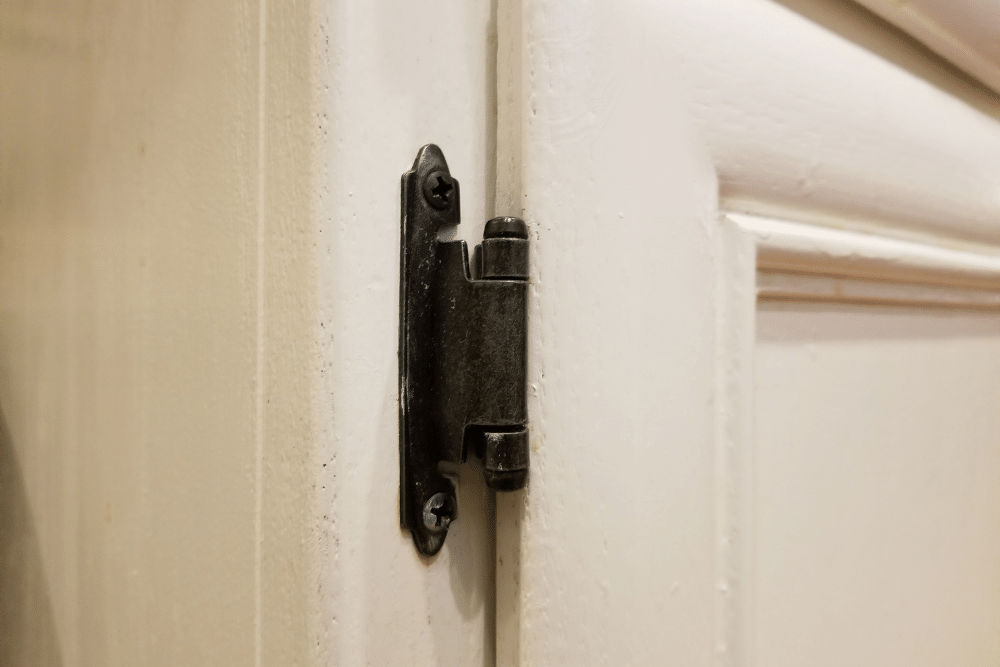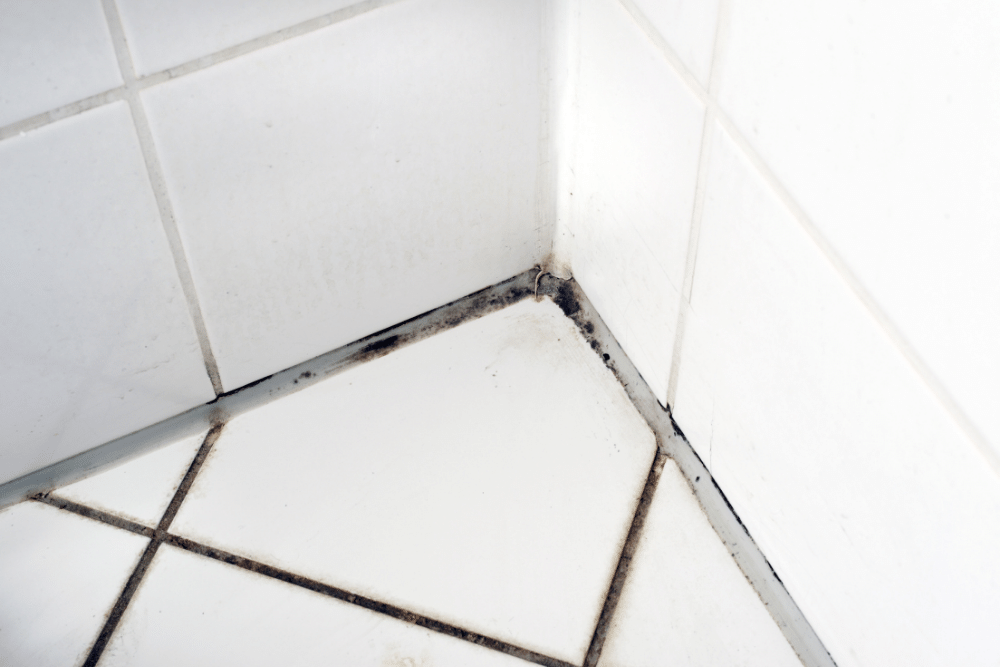A Guide to Fair Wear and Tear
It’s only natural that a property has its share of fair wear and tear after it’s been lived in for a while. This isn’t due to neglect or abuse from your tenants. Instead, it’s just that thing we all can’t avoid: ageing. However, there are times when wear and tear isn’t so fair, and the fault lies with the tenant.
But how do you differentiate between fair wear and tear and natural ageing? We’re here to help with our guide. So read on and find out everything you need to know when it comes to deciding between fair wear and tear.
What is wear and tear?
Wear and tear refers to gradual damage to the property over time and is regarded as unpreventable. Some examples of fair wear and tear includes:
- Worn down carpets
- Paint and discolouration over time
- Plaster cracks as the building ages
- Loose hinges on windows and doors
- Damages from external sources e.g. the sun or mould from damp
- Carpet indentations made from furniture placement
Who is responsible for wear and tear?
If the property was rented to the tenant in a clean and tidy state, then the landlord should expect to receive it back in the same condition. Damage to the property, such fixtures and fittings, is the responsibility of the tenant. However, if you want to claim for damage, you’ll have to show that it has gone beyond fair wear and tear. This is why before moving in both the tenant and landlord should record the state of the property and its contents. This should include the following:
- An inventory that has been approved by the tenant at the start of the tenancy
- Photos of the property and any damage before the new tenant moves in
- Statements from surveyors or tradesman
- Purchase receipts
Landlords must accept that wear and tear adds up over time, especially if a tenant has been there for a long time. If the tenancy is five years, you can expect to have more fair wear and tear than a tenancy which lasts for 12 months. Therefore, the landlord cannot expect to receive the property back in the same condition as it was first presented to the tenants. As a result, landlords are responsible for the upkeep of fair wear and tear throughout the property.

What is the difference between damage and wear and tear?
On the other hand, damages caused by carelessness, which could have been preventable, may lie at the fault of the tenant. These may be accidents due to neglect, or a result of a tenant’s behaviour. This damage will need to be repaired and paid for by the tenant.
Examples of damage may include the following:
- Smashed bathroom mirror
- Missing or broken door handles
- Broken dining room chairs
- Damaged furniture that was provided by the landlord
It’s easier to conclude that damage is defined as unexpected issues. Whereas fair wear and tear is a result of living in the same residence for an extended period of time. However, there can be occasions where landlords and tenants don’t agree on what constitutes fair wear and tear. This is where an intermediary comes in…
What do I do if there’s a dispute about wear and tear?
A walk-through inspection is one way of avoiding a dispute in advance. Recording a full inventory of the property, along with photos and perhaps even videos, provides a reference point if either the landlord or tenant needs to check on damage status.
If there is damage to the property, first you should try and come to an agreement with the tenant regarding costs they may be liable for. If tenancy deposit protection schemes apply, the administrators of the scheme should be informed, and the agreed amounts will be paid within ten days.
If for any reason you can’t come to an agreement, you will need to refer the dispute for arbitration by informing the scheme administrators. They will make the decision, and you will need to provide necessary information to support your evidence so they can come to a conclusion.
The arbitrator will need the following information in the event of a dispute:
- The inventory and the tenancy agreement that has been signed by both parties
- A statement with the reasons why you are making the claim
- Evidence of damage or missing items related to the claim – these should be dated and include a size scale if possible
- Evidence that the price of the items you wish to deduct from the deposit is of reasonable value
- Supporting evidence e.g. statements from surveyors, witnesses

Can I claim tax relief on wear and tear replacements?
From 6th April 2016, the 10% wear and tear allowance was removed and replaced with Replacement Relief, which applies to all rented properties – not just furnished homes. The wear and tear allowance previously allowed landlords to claim 10% of the net annual rent fewer expenses each year in order to pay for wear and tear.
As this has now changed, the government currently allows landlords to claim tax relief on anything spent replacing what is classified as a ‘domestic item’.
The government’s examples of domestic items that would receive this relief are the following:
- Replacement beds
- Replacement carpets
- Replacement curtains
- Replacement fridges
- Replacement sofas
Please note that you can only claim if you are replacing items with something similar, a ‘like-for-like’ item. You can also claim for the cost of disposing of items (usually these are electrical goods).